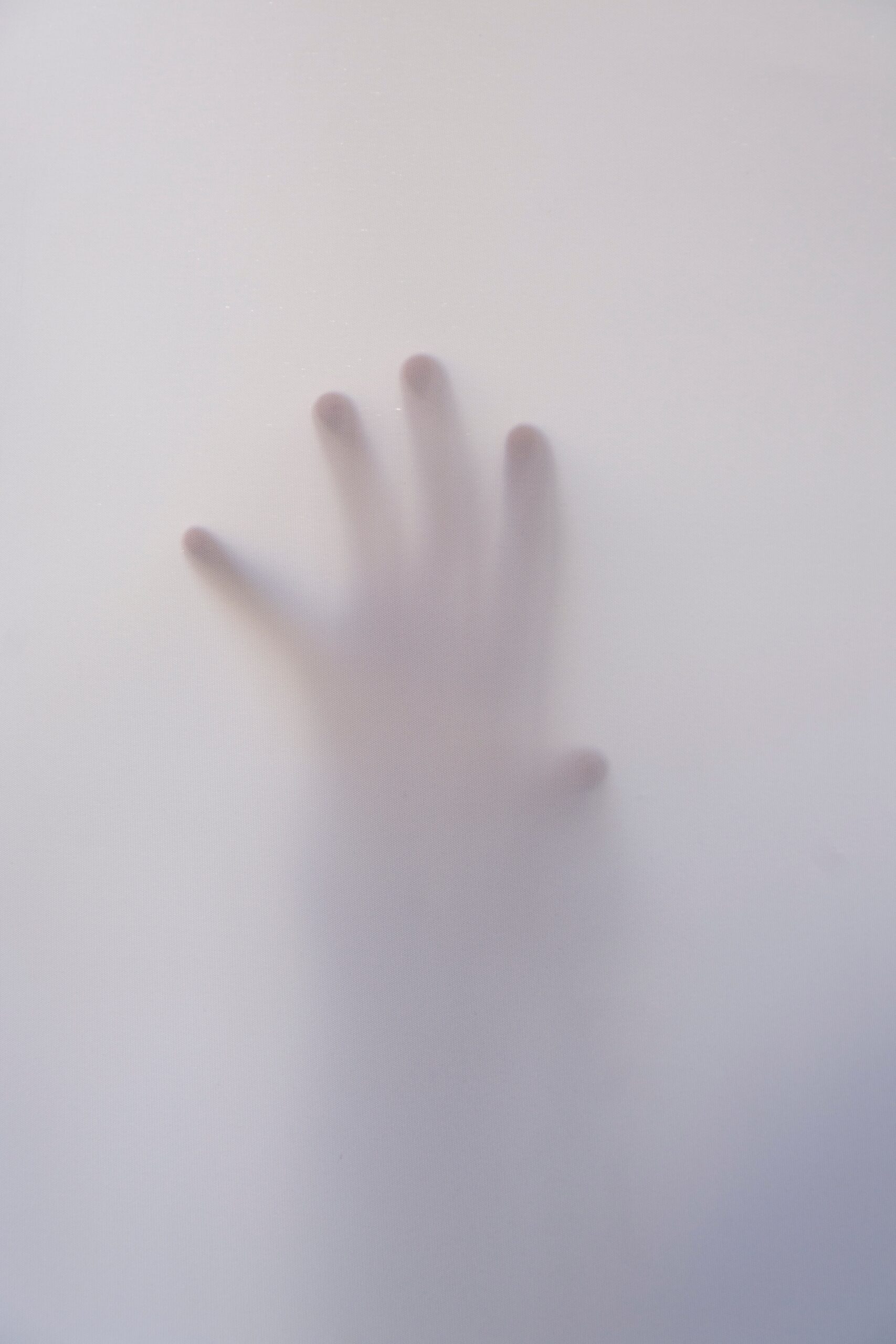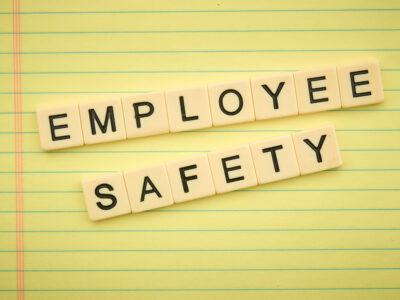What happens during a surgery cannot only be impactful on the health of the patient. It could also have effects on the health and safety of the healthcare workers involved in the procedure.
Various potential hazards can occur to a healthcare worker during a surgical procedure. They could suffer accidents involving the equipment used during the surgery. Additionally, they may be exposed to harmful substances during the procedure.
One sort of dangerous substance that can be in a surgical area is surgical smoke. Certain types of surgical procedures (such as those involving lasers and electrocautery devices) can generate smoke that contains a mixture of toxic contaminants. This smoke is made up of chemicals such as benzene, formaldehyde, hydrogen cyanide, and even viral DNA fragments that can survive high temperatures.
Why Surgical Smoke Is a Serious Workplace Hazard
Exposure to surgical smoke is not limited to surgeons. Nurses, anesthesiologists, surgical technicians, and other staff members in the operating room are exposed to hazardous materials on a daily basis. The smoke is produced when lasers, electrocautery instruments, or ultrasonic scalpels vaporize human tissue. It creates an aerosol of fine particulates that can remain suspended in the air and travel beyond the immediate surgical site, exposing anyone in the operating room.
Studies by the National Institute for Occupational Safety and Health (NIOSH) and the Centers for Disease Control and Prevention (CDC) have confirmed that surgical smoke contains dozens of carcinogens and infectious particles. For example, the smoke plume from a single surgical procedure has been compared to inhaling the equivalent of 27–30 unfiltered cigarettes in a single day.
Documented Health Effects of Surgical Smoke Exposure
Exposure to the contaminants in surgical smoke can cause a wide range of health problems for a healthcare worker. Examples include:
- Asthma and chronic bronchitis
- Eye irritation and ocular inflammation
- Emphysema and other chronic respiratory conditions
- Nose and throat irritation
- Headaches, nausea, and fatigue
- Potential long-term risks, including elevated cancer risk due to repeated exposure to toxic chemicals
Short-term exposure may result in respiratory discomfort or headaches. In contrast, long-term exposure can cause permanent damage to lung tissue, chronic obstructive pulmonary disease (COPD), and, in some cases, an increased likelihood of developing malignancies.
So, surgical smoke exposure could have major impacts on a health care worker’s life and career.
Legislation in California Addressing Surgical Smoke
A bill is being considered in California that aims to protect healthcare workers and patients from exposure to surgical smoke. One of the things the bill would do is make the use of scavenging systems mandatory for health care facilities. Such systems can help reduce the risks that surgical smoke poses to healthcare workers by filtering and removing airborne contaminants.
A similar bill was considered last year but was ultimately vetoed by the governor. One wonders if this year’s bill will fare differently. California’s renewed effort highlights growing recognition of surgical smoke as an occupational hazard. Other states, such as Rhode Island and Colorado, have already passed laws requiring smoke evacuation in hospitals, and professional organizations like the Association of Perioperative Registered Nurses (AORN) have long advocated for mandatory smoke evacuation standards.
In addition to state-level initiatives, Cal/OSHA, which enforces California’s workplace safety regulations, has the authority to require employers to provide a safe work environment under the state’s General Duty Clause. Nationally, OSHA and The Joint Commission have both issued recommendations encouraging hospitals to use engineering controls and smoke evacuation systems, though no federal law currently mandates their use.
Protective Measures Against Surgical Smoke
Even before legislation becomes law, hospitals and surgical centers can protect their staff by adopting a multi-layered approach:
- Engineering Controls: Local exhaust ventilation (LEV) and smoke evacuation systems with high-efficiency particulate air (HEPA) or ultra-low penetration air (ULPA) filters.
- Administrative Controls: Rotating surgical staff to reduce cumulative exposure, developing smoke evacuation policies, and regular monitoring of air quality.
- Personal Protective Equipment (PPE): While standard surgical masks provide limited protection, N95 respirators or specially designed laser masks can filter ultrafine particles.
- Training and Awareness: Educating staff about the risks of surgical smoke and how to use evacuation equipment correctly.
These measures not only protect workers but also reduce risks to patients who may inhale contaminated air during procedures.
Workers’ Compensation for Surgical Smoke-Related Injuries
When a health care worker is harmed in relation to their work in surgical procedures, such as through exposure to surgical smoke, among the impactful matters that can come up for them are workers’ compensation claims.
Given the important role workers’ compensation benefits can play in a worker’s recovery, healthcare employees should be aware of their rights and responsibilities. In California, workers’ comp may provide:
- Coverage for all necessary medical treatment related to the occupational illness
- Temporary disability benefits while recovering
- Permanent disability benefits if the condition leaves lasting impairments
- Vocational rehabilitation if the worker cannot return to their prior role
However, these claims are often complex. The worker must establish that the condition was caused by occupational exposure and not by external factors. This may require medical documentation, workplace exposure evidence, and, in some cases, testimony from occupational health experts.
Filing Deadlines and Appeals
California law requires injured workers to notify their employer of a workplace-related injury or illness within 30 days. Formal workers’ comp claims typically must be filed within one year of the injury or diagnosis. If a claim is denied, workers have the right to file an appeal with the California Workers’ Compensation Appeals Board (WCAB).
Employer Obligations and Worker Protections
Under California Labor Code Section 3200 and beyond, employers are required to provide workers’ comp coverage for all employees. In addition, Cal/OSHA regulations prohibit retaliation against workers who file claims or raise workplace safety concerns. This means health care workers have legal protections if they pursue compensation for surgical smoke-related conditions.
Skilled workers’ comp lawyers can advise injured health care workers on their options and rights throughout the process of pursuing workers’ comp benefits. At Hussain & Gutierrez, our legal team understands the challenges health care workers face when their work environment contributes to illness or injury. We provide guidance, representation, and advocacy to ensure you receive the benefits you deserve under California law.
Frequently Asked Questions (FAQs)
What is surgical smoke?
Surgical smoke is the byproduct created when lasers, electrosurgical pencils, or cautery devices vaporize human tissue. It contains toxic chemicals, cellular debris, and potentially infectious particles.
Why is surgical smoke dangerous for healthcare workers?
Because it contains carcinogens, bioaerosols, and respiratory irritants, regular exposure can lead to chronic respiratory conditions, eye irritation, emphysema, and even long-term illnesses such as COPD or cancer.
Does OSHA consider surgical smoke a workplace hazard?
Yes. Both OSHA and NIOSH recognize surgical smoke as a hazard. While no federal law mandates evacuation, OSHA requires employers to provide a workplace free from recognized hazards under the General Duty Clause of the Occupational Safety and Health Act.
What protections exist for California health care workers?
California is considering legislation that would make smoke evacuation systems mandatory in hospitals. Even without that law, Cal/OSHA requires employers to protect workers through the use of engineering controls and other safety measures.
Can I file a workers’ comp claim if I develop health problems from surgical smoke?
Yes. If you can demonstrate that your condition is work-related, you may be eligible for workers’ compensation benefits. This includes coverage for medical care, lost wages, and disability benefits.
What if my workers’ comp claim is denied?
If your claim is denied, you have the right to appeal to the California Workers’ Compensation Appeals Board. An experienced attorney can help you navigate the appeals process.
Do I need a lawyer for a surgical smoke-related workers’ comp claim?
Yes. These claims can be difficult to prove without legal assistance. A workers’ comp lawyer can strengthen your case by gathering medical evidence, consulting occupational experts, and advocating for your rights.
Get Legal Help
Suppose you are a health care worker suffering from the effects of surgical smoke exposure or other operating room hazards. In that case, you do not have to face the workers’ compensation system alone. The attorneys at Hussain & Gutierrez are here to protect your rights, guide you through the claims process, and ensure you secure the benefits you deserve. Contact us today to schedule a consultation.



